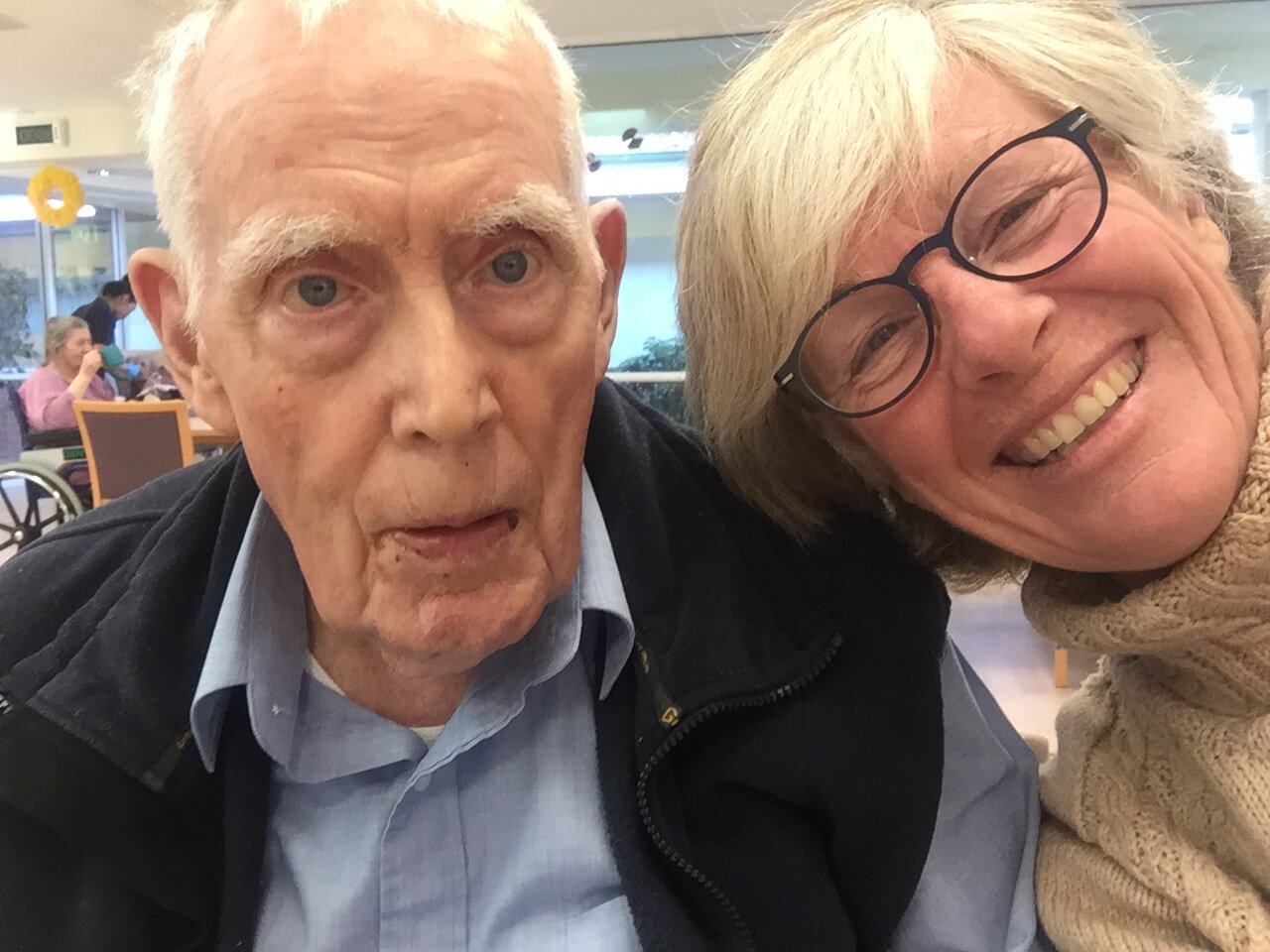
Exhibitions & Personal Work
Monachopsis*
Opened Thursday 14th March 2024 Contemporary Art Space Manuka Canberra
Writer *John Koenig dubbed “monachopsis” in his Dictionary of Obscure Sorrows:
“the subtle but persistent feeling of being out of place, as maladapted to your surroundings as a seal on a beach—lumbering, clumsy, easily distracted, huddled in the company of other misfits, unable to recognize the ambient roar of your intended habitat, in which you’d be fluidly, brilliantly, effortlessly at home.”
And there I was kneeling on the oily sand making portraits of discarded plastic sunscreen and soft drink bottles cultivated by molluscs. They were clinging desperately and transmuting the bottles into miniature molluscan sea monsters.
Wreaking havoc in nature and placed in my home I am caught “between Scylla and Charybdis” as the molluscan see monsters taint the decor. I am repulsed.
Walking at dawn I hear the cracking sounds of gunshots. It is shooting season. Birdsong cut short, punctuated with a soft thud. The colourful remnants of war left scattered and rusting. The birds disappeared.
Prickly pear cactus reclaim the feral car. Someone loves Cactus Car. I do too.
Nature scarred by the hand of lovers and the egos of men.
Humanity leaves its mark.
Carnage and resolution, autonomy and command, collapse and resurrection.
Left to its own, Nature reclaims. We hope.
ESSAY
June 2016 stands as a watershed moment, quite literally, as the Queanbeyan River bore witness to a deluge that inundated it and the surrounding land with a torrent of plastic waste. The riverbank was adorned with the detritus of the capitalist Anthropocene era – a grim testament to our collective negligence. Through my camera, I captured plastic entwined with nature, a sight that stirred within me a potent blend of horror and introspection.
The shores of Potato Point Beach NSW in 2019 offered a stark juxtaposition between nature and the intrusion of human debris. I encountered small relics of a consumer culture, plastic drink bottles, adorned by tiny mollusks – a poignant reminder of nature’s indomitable spirit.
Yet, it was on the shores of Bintan Island in Indonesia that the full extent of the first worlds’ consumerism was laid bare. Here, amidst the monsoon was a landscape desecrated by the relentless onslaught of plastic waste, almost suffocating under the weight of our indifference. The stench of oil and burning plastic waste hung heavy in the air, a grim reminder to the unholy alliance between industry and environmental degradation.
Environmentalists and scientists echo a call for change. The scourge of plastic waste, a byproduct of our insatiable appetite for consumption, threatens to unravel the delicate tapestry of life that sustains us, but also upon or bird and sea life. We have now heard that breastfeeding women have plastic in their breast milk. The spectre of environmental collapse looms large, casting a pall of uncertainty over the fate of our planet.
Nature, however, has shown resilience in the face of adversity. So, amidst the gloom, a flicker of hope endures. It is incumbent upon us, as stewards of our planet, to do something! Bold and decisive action is needed to stem the tide of environmental degradation, to forge a path towards a sustainable future built on the pillars of renewable resources and equitable stewardship.
As I reflect on these encounters, I am reminded of the imperative for collective action – a rallying cry for governments, industries, and individuals alike to join hands in a shared endeavour to safeguard our planet for generations to come. The fate of our world rests not in the hands of fate, but in the choices we make today.
CLOSING EVENT
Drifting with Dr Ruth Lee Martin
Link to The Dictionary of Obscure Sorrows by John Koenig








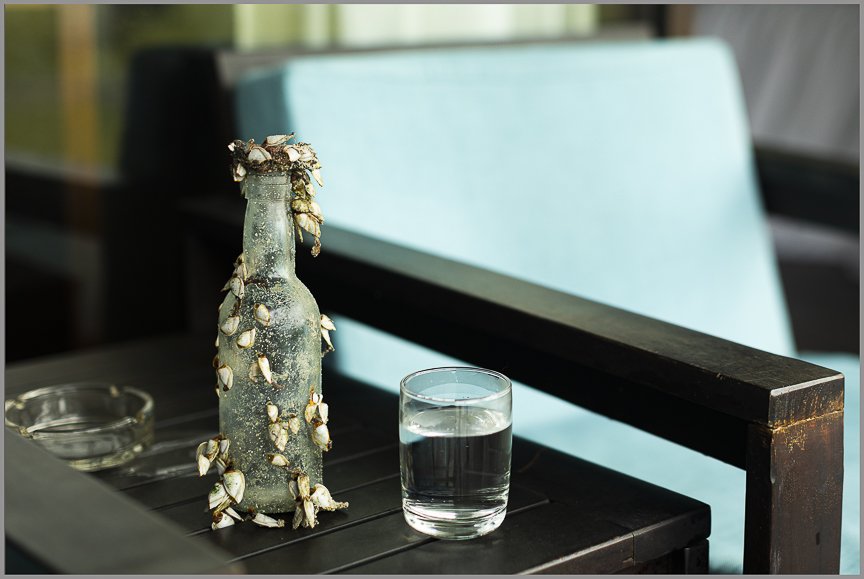


guru bung dhaura
Westlake, Yarralumla ACT
guru bung dhaura means stony ground. Colonists call guru bung dhaura Westlake and it is between Yarralumla and Lake Burley Griffin.
These images is a body of work I am creating exploring the 'spaces’ people lived: the original landowners the Ngunnawal and Ngambri people and the native fauna and then the itinerant settler workers that came and lived in temporary huts whilst they built Canberra. It is now empty of any settler structures other than remnants.
I hope to talk and learn from the original peoples about this land and culture and record those stories within the images….
I have used in camera multiple exposures to illustrate those who have lived and gone but also the duality that is guru bung dhaura









Sticks and Stones
These images form part of a work in progress that aims to visually illustrate how words, slurs or insults can leave scars.
I scratched words, slurs and insults I have endured in my lifetime, onto unexposed black and white film. This was done in complete darkness in the darkroom. I then made self portraits using the altered film. Once exposed and processed the words appear randomly across the film and hence my face and body in the resulting portraits.
Much is said of physical violence in relationships and human behaviour and now we know more about coercive control and other forms of subtle violence. Not all the words I remember being called were by an intimate partner. Other relationships included; work colleagues, friends, casual acquaintances and random people.
"Sticks and Stones may break my bones but words can never hurt me...." a saying that is meant to teach resilience. As girls we were told that if a boy was horrible to us that meant that he liked us. Through this warped and manipulative behaviour we succumbed to low self esteem and less power. It is everyday misogyny.
This highly personal work has been a cathartic experience in the act of collecting and remembering the words, often in disbelief, thinking about the context and my role in the relationship at the time. Most if not all, were completely unjustified. Many of the ‘compliments’ I received as a young woman were about my physical appearance. From my teenage years and until my late 30’s, I thought being told I had ‘nice tits’ was a compliment when in fact I now know it is an engendered sexist slur and equates my self worth with my physical appearance.
The insults like bitch, slut and cunt is violence that reinforce traditional feminine norms and stereotypes. It is strategic and they shame victims like myself by accusing me/us of falling short of “normal” beauty standards for women.
Putting these words on my naked person and in the public domain lessens their power over me and I hope they enable other women who have experienced similar insults to talk and share.








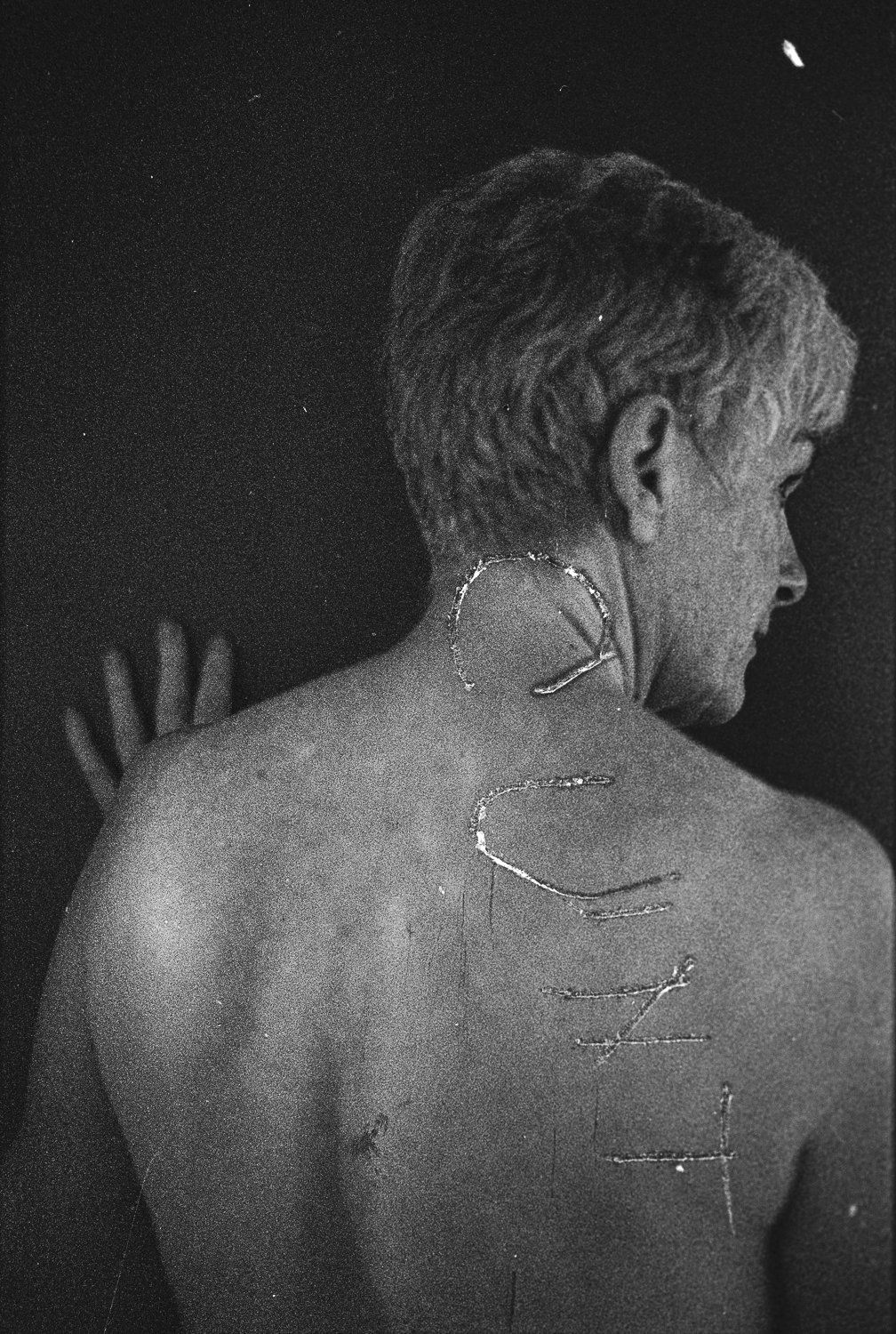


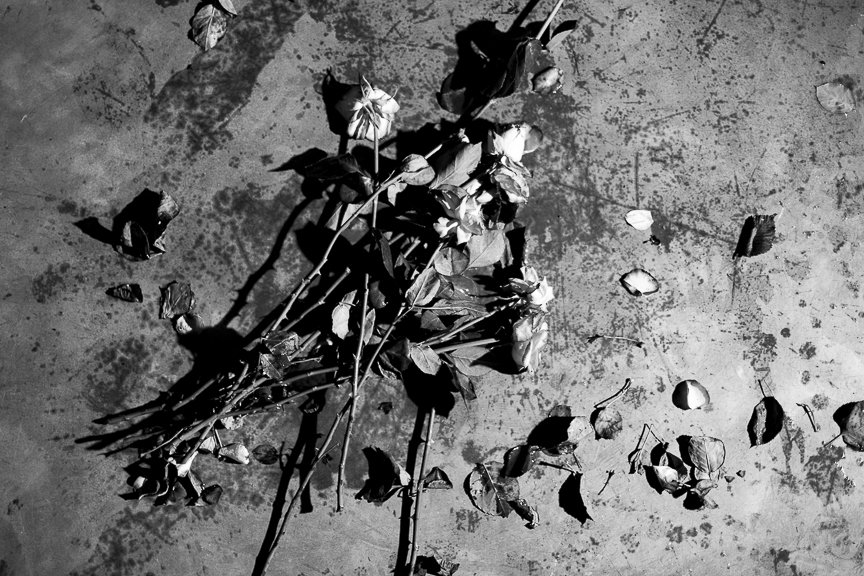
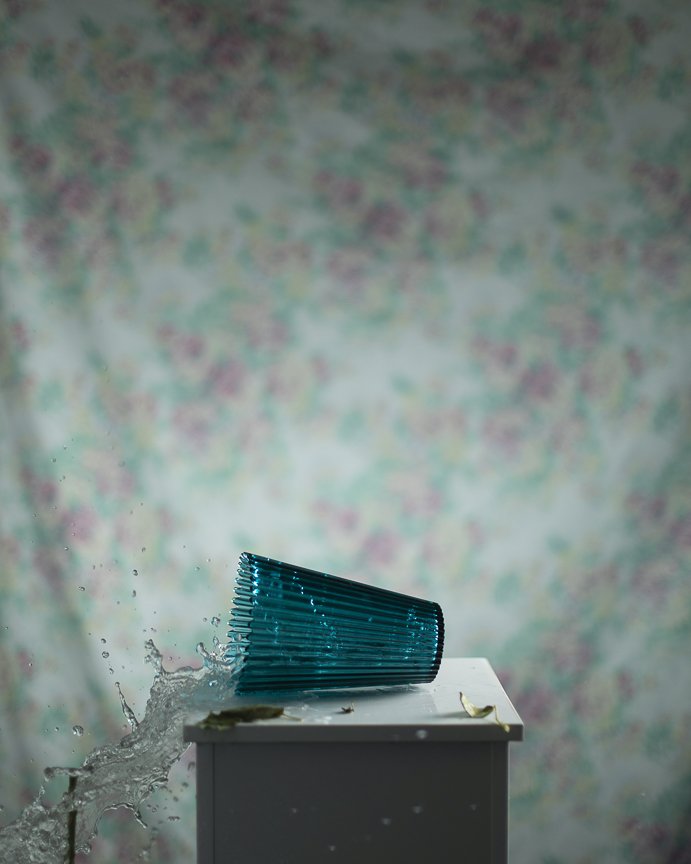




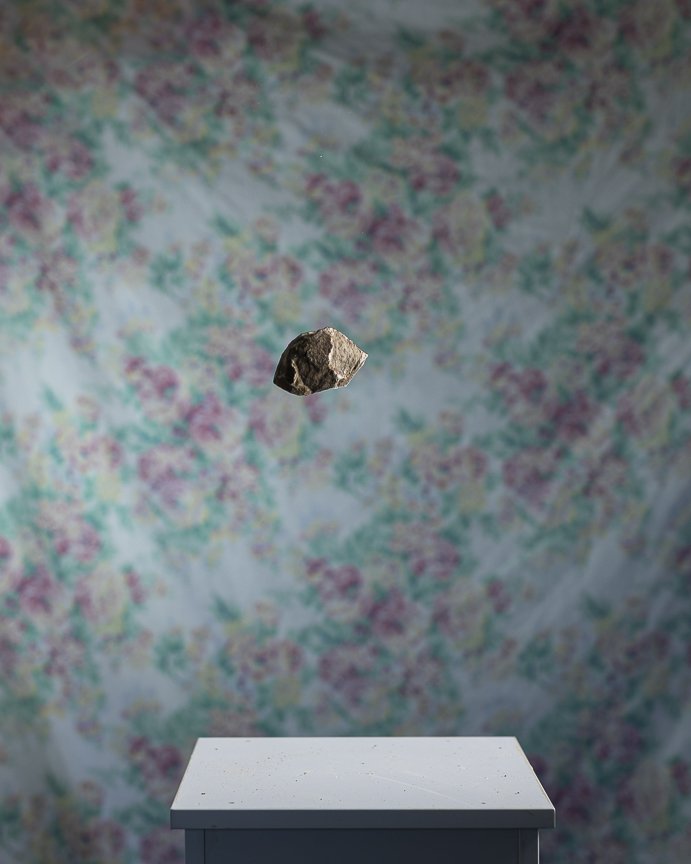


Billy and Bones
Death, dead, dying, passed away….
In the 19th century portrait photography of deceased family members were common place to those who could afford a photographer.
Theorist Susan Sontag likened the photograph to a death mask, writing ‘all photographs are memento mori that enable participation in another’s mortality’.
Sontag states also that “Photographs turn the present into past,….”
If you want to read a good review of one of photography’s greatest theorists then you can read this NY Times review on Roland Barthes “Camera Lucida” after it was published in 1981. Basically it states that Barthes grief over the death of his mother influenced the whole theory. What ever your thoughts it is an interesting read.
Portraits of deceased individuals is seen as a macabre project, and we often do not have a choice of when or where or how we die, but I hope to remove the mystique and taboo, with this body of work.
As a volunteer photographer for Heartfelt but also as a radiographer working in major trauma centres many years ago, I have been exposed to death. I think as a society we can do it better, more empathetically, and with this in mind I am creating this body of work telling different stories.
The galleries below in order are:
The name of the exhibition was called Die Like a Dog and was shown at the Head On Photo Festival in 2010. The title of these images Die Like A Dog is not a literal definition of Billy’s death, far from it. His death of which he, his parents and everyone who was there consented to me photographing it at the time was a beautiful profound part of life.

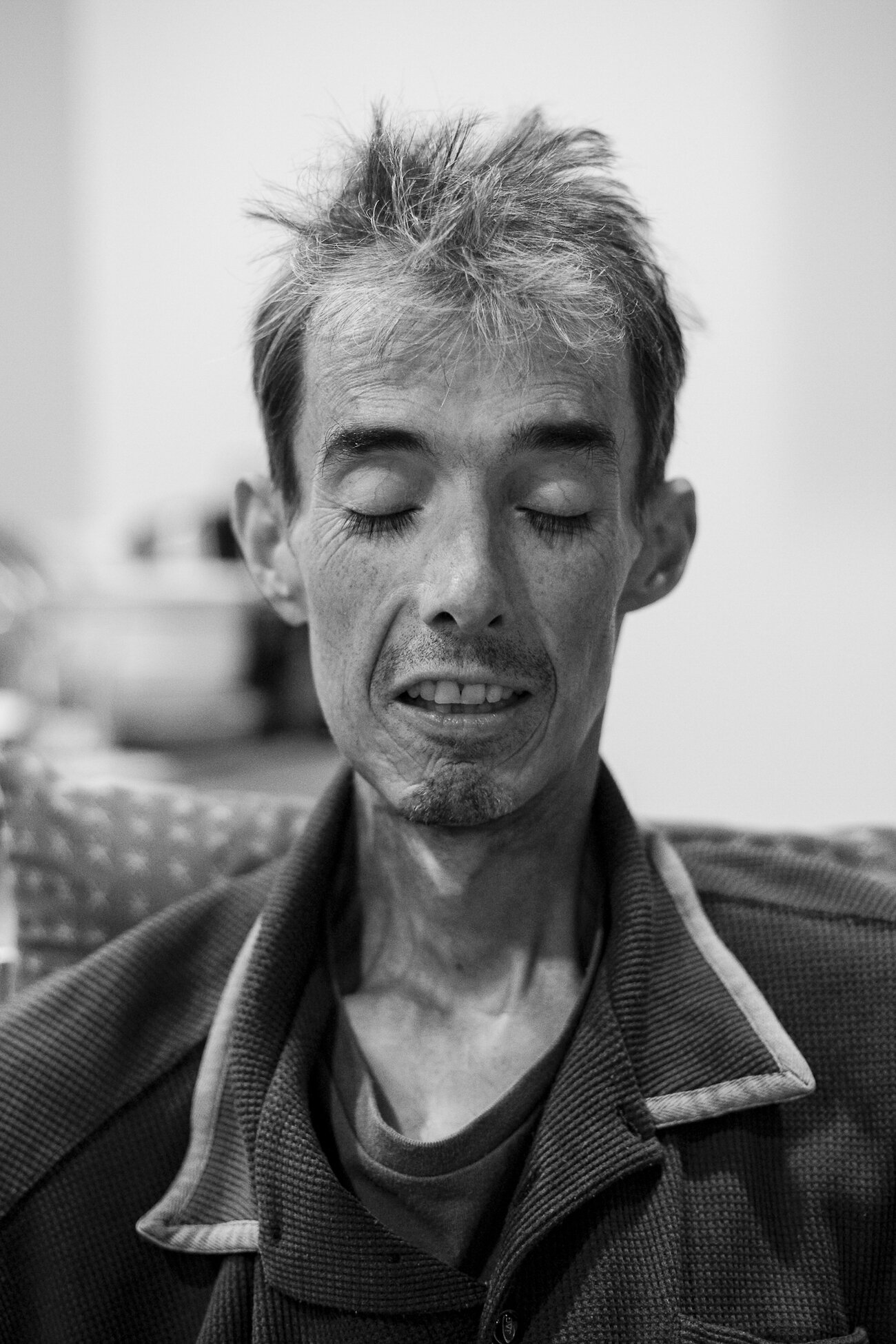


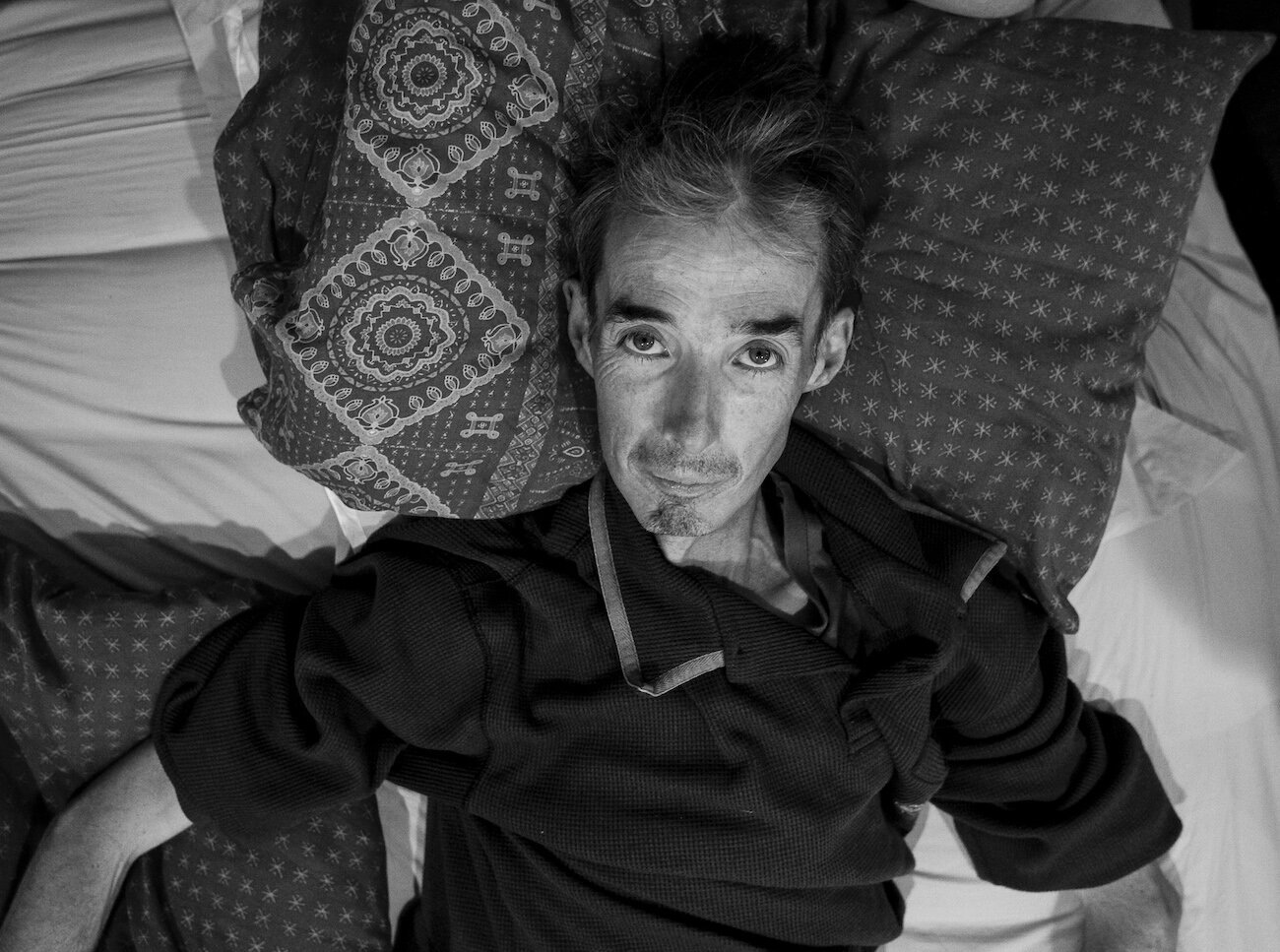





On Thin Ice
On Thin Ice – an arts-documentary collaboration between journalist and author Ginger Gorman, sculptor Tom Buckland, and printmaker Jess Higgins and photographer Martin Ollman, and tells the stories of local Canberra residents who are living with or recovering from addiction to crystal methamphetamine (ice) in a multi-disciplinary exhibition of images, text, sound and installation at the Tuggeranong Arts Centre
Many many thanks to Myalla, Linda, Mitchell and Paul for being willing to pose for me and for telling their stories and addiction and recovery.
Media about this exhibition can be read here:




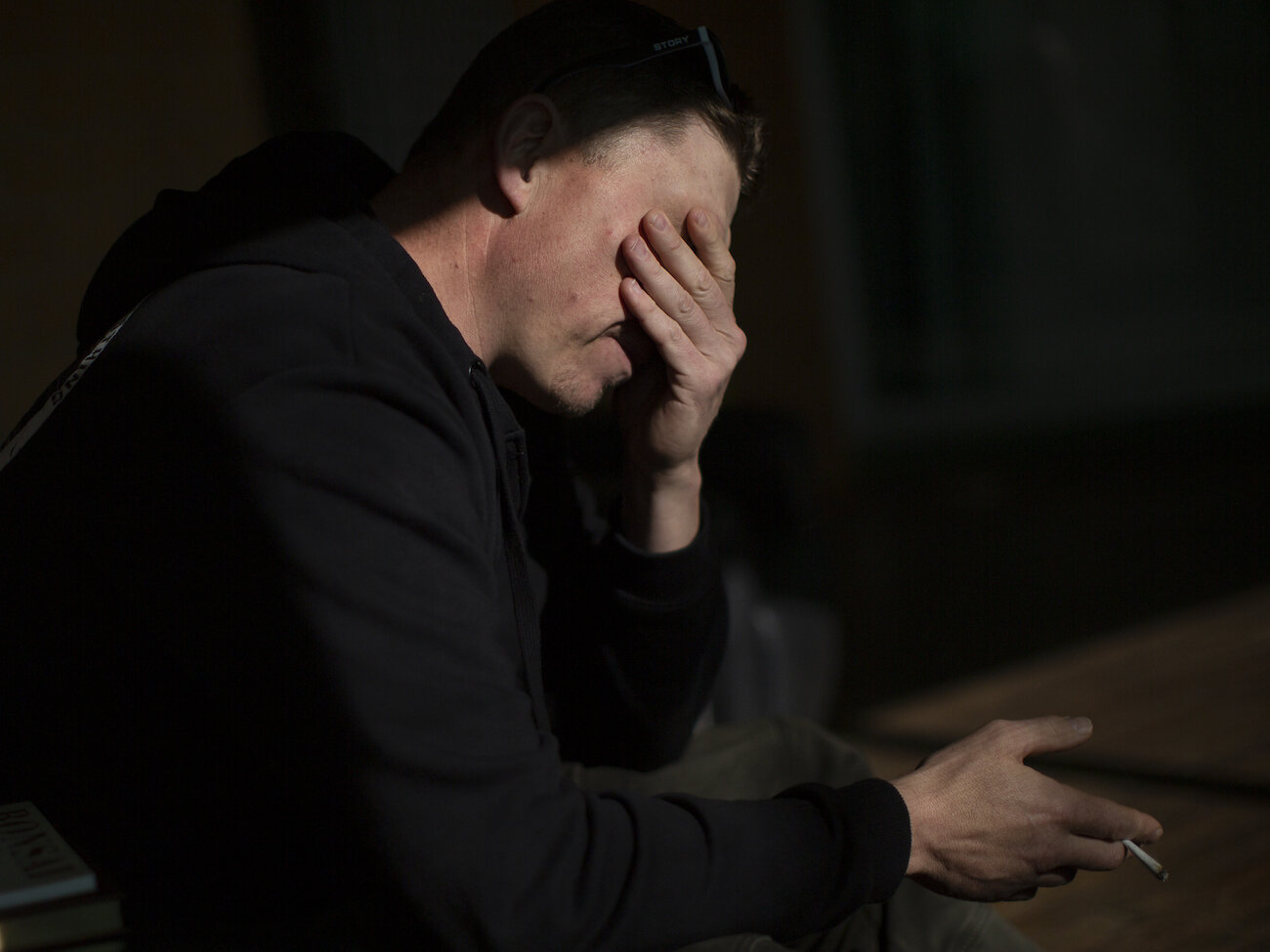























#welcomenotwelcome
#welcomenotwelcome is a project that was exhibited at Photoaccess in 2016.
It is also a project that I made into a photobook in 2017, which was a finalist in the 2017 Australian AIPP Photography Book of the Year.
The title #WelcomeNotWelcome comes from a popular hashtag #SorryNotSorry which is often used on social media. It is a contradictory and ironic phrase and normally used in humorous situations.
After moving to Queanbeyan I was always attracted to a beautiful mural on the side of the local swimming pool. It pictures a group of culturally diverse people along with doves of peace. It has a great sentiment, sadly it is behind a 2m locked fence and there are rubbish bins and waste strewn around it.. I feel it makes a statement about how western society treat diversity. From this I have observed many structures and places that can also be interpreted in the same way… It is a sad reflection of our world with evergrowing discord, exclusivity and protectionism becoming rife…. #WelcomeNotWelcome hopes to subtlety address this contradictory and ironic nature of the world at this time in history.
Happy To say that Peter Haynes wrote a review of the exhibition along with the two other artists exhibition in the gallery. I am very happy with his critique and understanding of my concept and exhibition.

I Haven’t Got a Welcome Mat Because I’m Not A Fucking Liar

**clusion

Great View, Established Gardens

All Your Can eat

Build A Fence

Low Clearance

Smile

Memories Are Made Of This
Memories Are Made of This is an exploration of positivity and hope, even though the premise explores Dementia.
CANBERRA CONTEMPORARY ARTSPACE ~ MANUKA 5TH SEPT - 15TH SEPTEMBER 2019
During the first stages of Dementia, it is difficult to tell just by looking at someone if they have the disease. Over the last 2 years I have created a series of portraits of couples living with Dementia who attend the Alchemy Chorus; one has the disease and one does not. I have also included portraits of the volunteers, but by not informing the viewer as to which people in the exhibition have the disease I aim to illustrate that though the person who has Dementia may behave differently, they are still the same person.
Acceptance, tolerance and inclusiveness is important in any community and even more so when someone’s cognitive ability is reduced. As part of the project I have collected many written life stories of many of the couples.
Memories Are Made of This is a song title which aptly describes the love and community of singing together. Music is powerfully potent for people living with Dementia. For families living with this insidious disease, it is so important to make time to do community activities for as long as possible. Singing in a choir is an enjoyable social outing for anyone and also those with Dementia. It is also a time for spouses/carers to debrief!
100% print sales are being donated for Dementia research, through Dementia Australia
I was going to print the whole exhibition over the July school holidays but the very lovely Marc Payet, the General Manager International Sales of ILFORD came to the rescue and he and the team at Ilford printed the exhibition. This then allows me to donate ALL funds raised to Dementia research. I am truly grateful and honoured to have been recognised. THANK-YOU Marc and Ilford!! The prints were made on ILFORD GALERIE GOLD FIBRE PEARLa beautiful heavy weight paper and the prints look fabulous!!!
Installation at CCAS







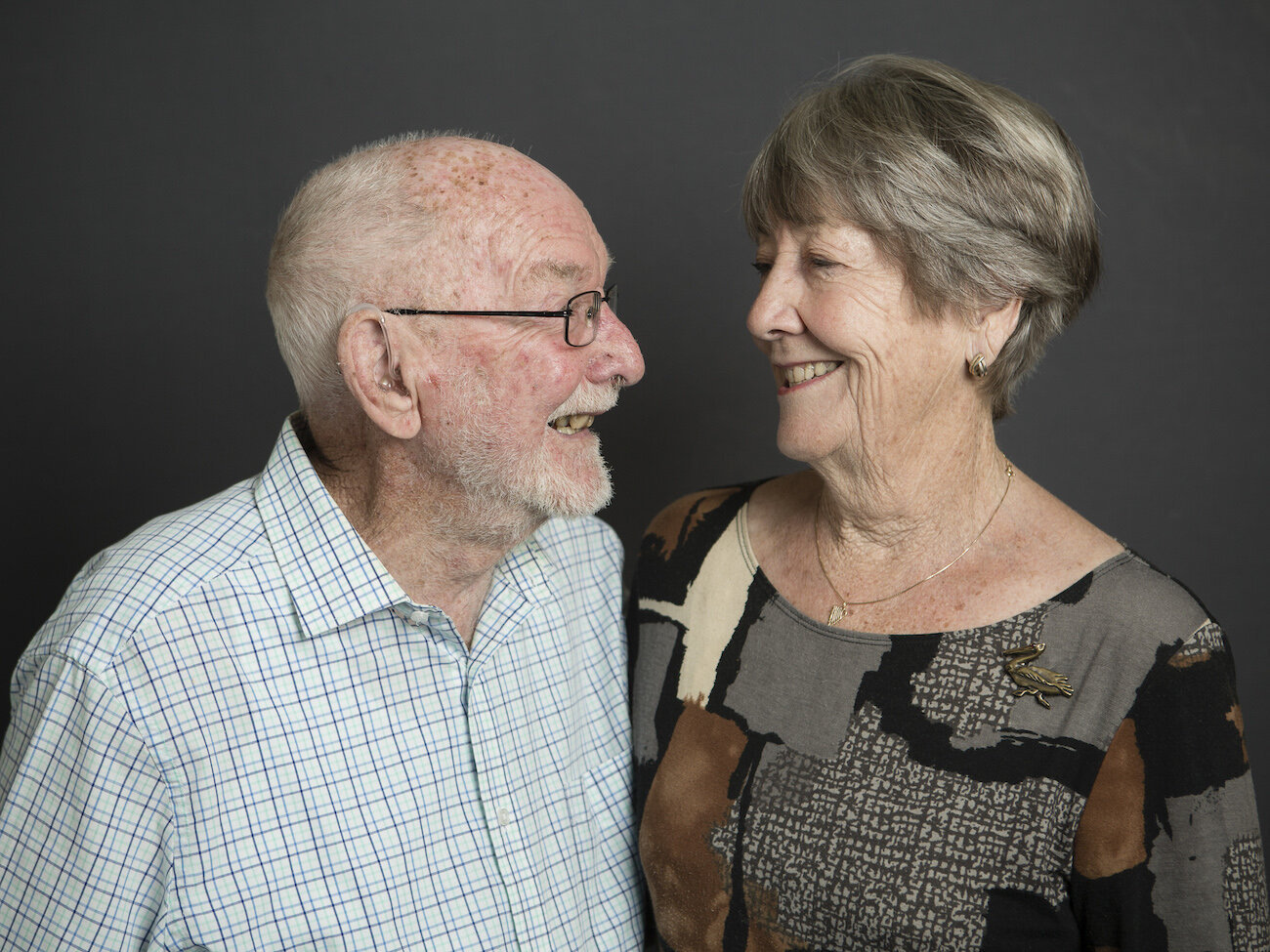










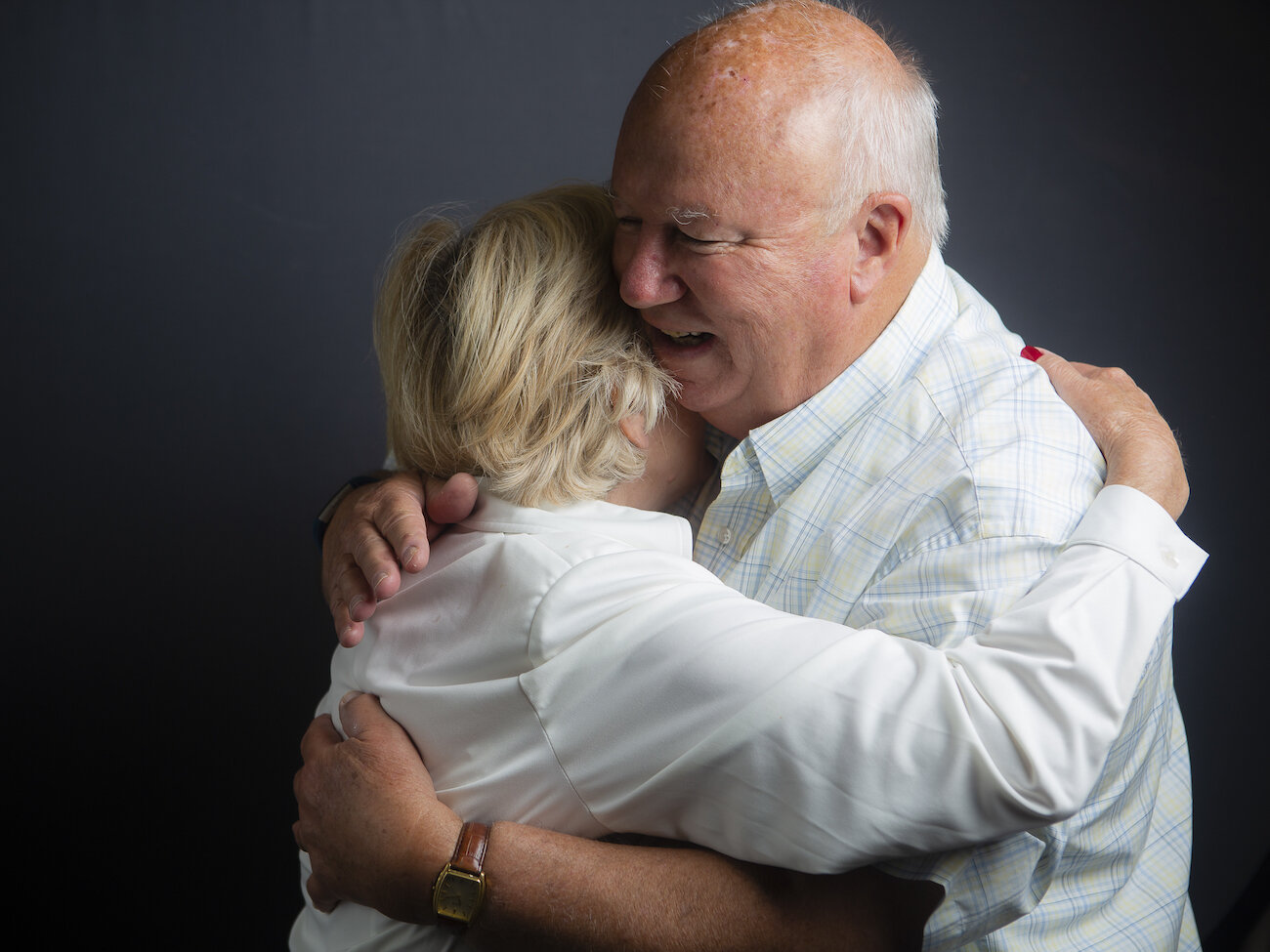








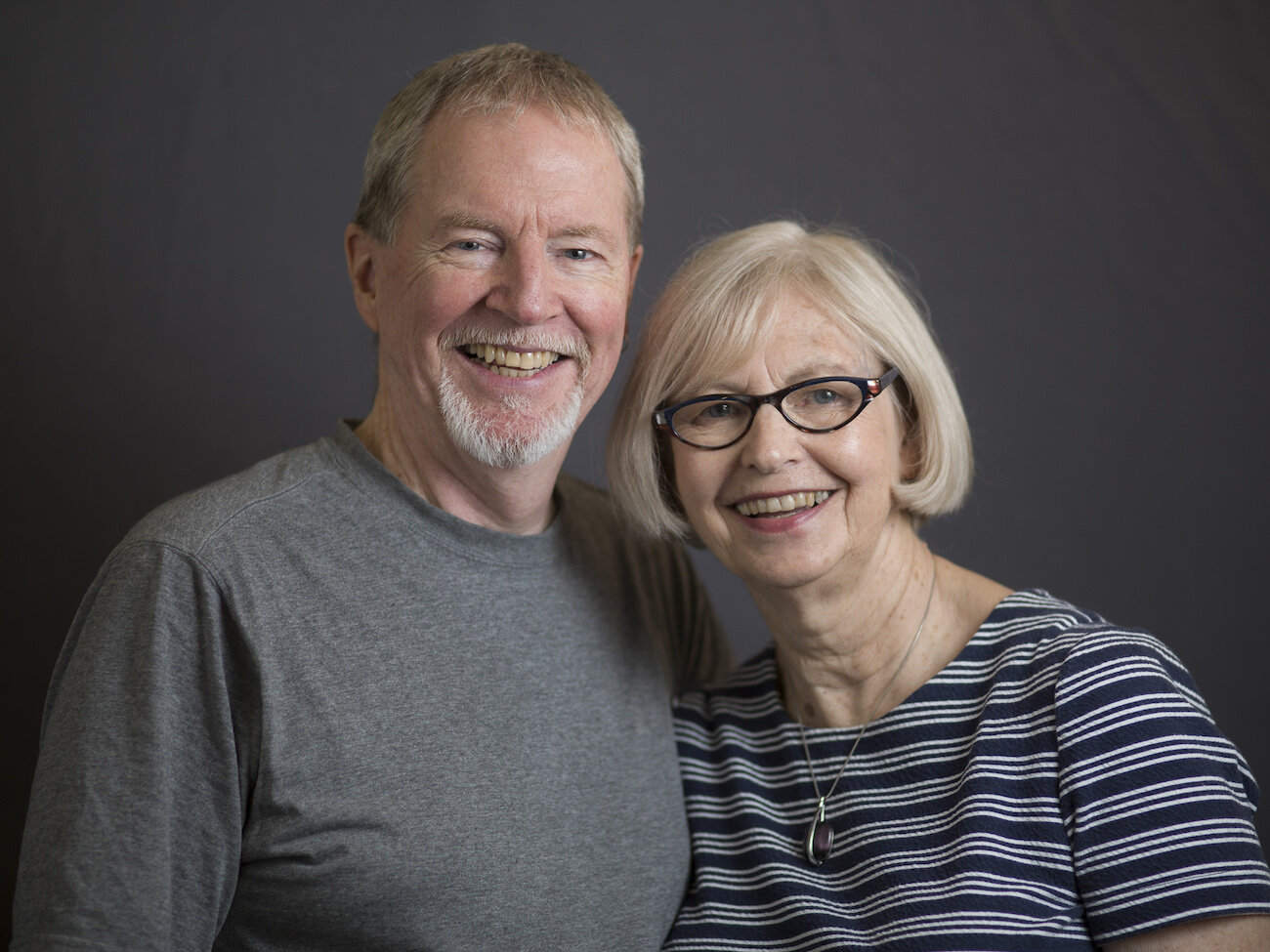

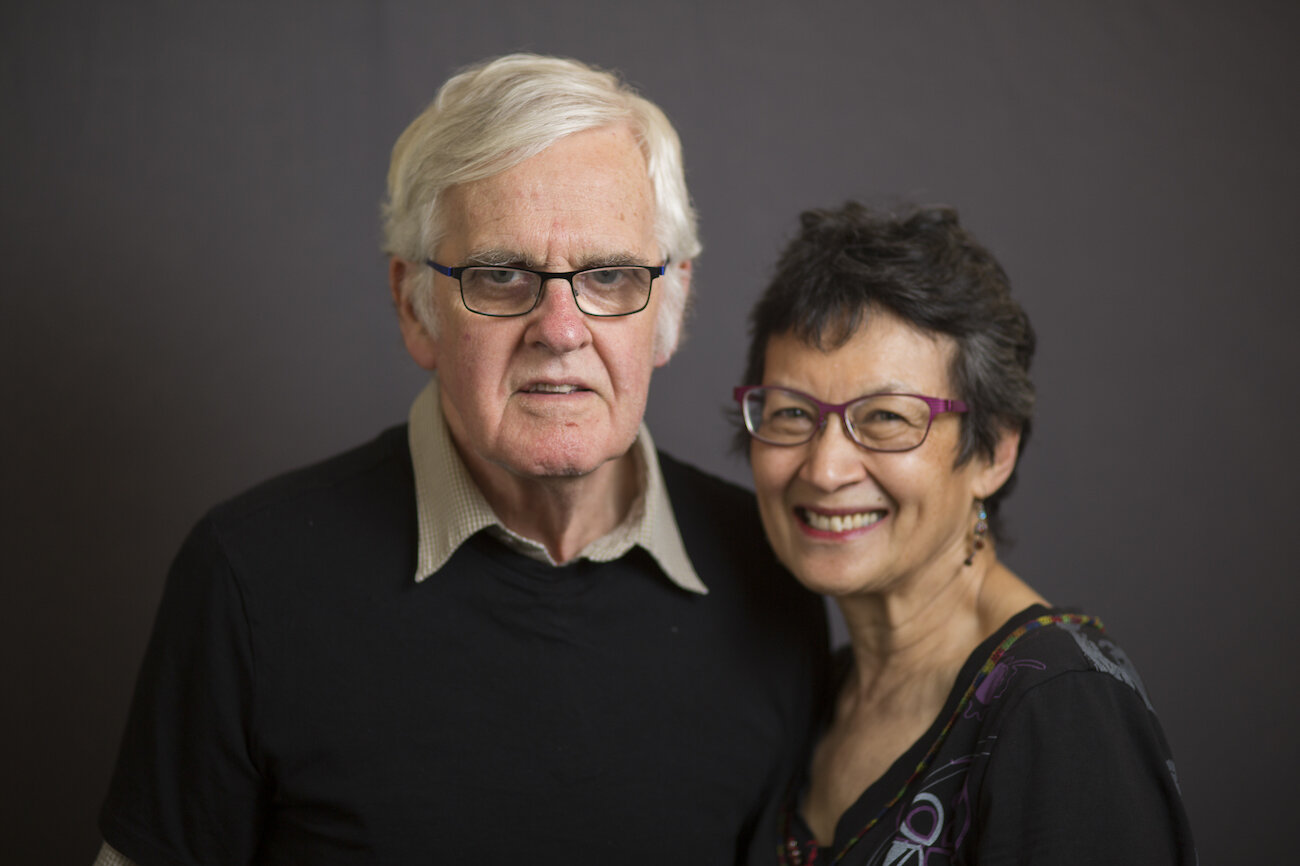










The One Project
When I asked about 28 photographers to be part of The ONE Project, everyone I asked said yes, without exception.
Everyone was excited and many including myself, were challenged by the one chance, one frame, to make an portrait, where the result will be exhibited publicly.
With this project, each photographer was asked to make one portrait, using one frame of a single roll of film, in NIKON Fm-2 film camera. When they had made their exposure, they passed the camera onto the next photographer. The camera was housed in a box with a blank hand-made book, into which each photographer wrote about their concept and thoughts. The box with camera and book was passed from one photographer to the next, until the roll of film was finished. The first exposure on the roll of film was made in July 2015, with the last exposure made in November 2015. When the roll of film was finished and processed each photographer recieved their image as a digital file to check and to photoshop; if they so wished.
With digital photography we have so much latitude in which to express ourselves, it’s easy and we can do it again and again and again. We can also cover many in-camera mistakes using photoshop afterwards. Each photographer could photoshop their ONE Project file. However, apart from adjustments for colour contrast and some dust spotting, I hoped the integrity of the image remained intact and the images to be seen at exhibition, in its purest form. At the time of writing this I am yet to see all the final images printed, so it will be interesting to see what materialises.
The essence of this project was to develop the concept of a portrait prior to making the exposure and for each photographer to consider all aspects of the exposure; technical, compositional, emotional prior to making the exposure. It requires the photographer and the sitter to connect (without blinking!).
With having one chance to make the portrait, the process became precious.
The resulting portrait has huge inherent emotional and social value, something that in today’s digital world often lacks due to inherently transient nature of digital photography.
“What the Photograph reproduces to infinity has occurred only once: the Photograph mechanically repeats what could never be repeated existentially*”
Each ONE Project portrait was a small finite moment, whose half-life will be far longer than most images taken on that day. Susan Sontag in “On Photography” states that “Photographs furnish evidence”. With this project we had ONE chance to furnish evidence that the sitter was evident. That moment has now passed, never able to be repeated. Whether the photographers involved thought about it that way or not, does not matter.
Millions of images are taken today, with smart phones. Many are shared on the internet and they are consumed at an alarming rate. Hundreds, even thousands of images scroll fleetingly past our eyes each day. Image noise is draining so there is pure joy of holding a printed image in the form of a book or standing in front of a print hung in a gallery, to extend that finite moment.
MY SUBJECT CHOICE
I decided to photograph my parents at their home. When I photograph digitally I usually photograph fluidly, whilst talking with my subject, with little regard for technical aspects or focus. Obviously I have a basic idea of how I would like to photograph the person prior to the portrait, often story-boarding my ideas, but mostly shoot on the run. I tend to shoot on the widest aperture which allows for a minimal depth of focus, always crop in camera. I use auto focus because of my eyesight but also because I’m usually having a conversation with my sitter whilst photographing them.
When faced with the idea of only having one frame to get it right my main worry was focus (the camera is 20 years old and manual focus, and after reading many comments in the the ONE Project book by all the other photographers involved, it seems a common theme.)
I knew I wanted a fairly literal representation of my parents, with simple lighting and pose, shooting wide open like I normally do (f1.8) and in a known environment; their home. I feel I have a very natural portrait of my parents. No setting up, no testing the shot with my DSLR, just did it, kept it simple, tried not to overthink the process.
As creative people our ego plays a huge part in the images we make and though this concept wasn’t a competition I did want to make sure I had an image that stood up against the rest. I feel it does.
EMBRACING THE CHALLENGE
I think in the commercial world we get to hung up about making impossibly beautiful images, that are pin sharp, beautifully photoshopped and make the viewer wonder. It was nice to be reduced to thinking things simply, embrace the challenge and make the portrait more about the actual person than the photographer and/or their photoshop skills!
As I stated earlier I always prefer to shoot on a large aperture so I was worried about focus but after talking to one of the other participants Cathy Laudenbach I realised that this project is so much more then whose image is the sharpest. It was a challenge to create something and then not have to sit for days in front of a computer editing and processing hundreds of images, something we all do in our day to day work.
TRANSPORTING THE CAMERA
It was a dance. Transporting the box which held the camera and the book inside was more tiresome that I thought it could have been, it was almost a performance piece in itself! The thing I loved about it was that I was getting people to meet face-to-face and I enjoyed the time I had with them.
I also loved the fact that at times, I had no idea where, or with whom the camera was.
COLLABORATING
I see the ONE project as a collaboration; yes it was organised by me but I love the sense of community it has created.
Having seen the original files after the roll of film was processed, I very much enjoyed the simplicity of all the portraits and as a body of work they look wonderful. I am excited to get them mounted an hung for the opening.
When considering the photographers to take part of the ONE Project, I knew I wanted a wide range of photographers involved: fine art, press, commercial, portrait and domestic specialists. Luckily for me Canberra was an ideal place to do this project easily, when considering the logistics of getting the camera around to the photographers involved.
I wanted photographers experienced in film photography with the ability to use the Nikon FM2. This may seem like an odd thing to say, given that the camera is the most basic of instruments, albeit a wonderful one!
The photographers involved in The ONE Project are:
(in no particular order)
Madeline Bishop Rowan Conroy Denise Ferris Dan O’Day Kelly Tunney Rohan Thomson Geoff Comfort Katie Kolenberg Jeremy Byrnes Hilary Wardhaugh Lee Grant Geoffrey Dunn George Serras Tim Anger Mark Mohell Jennifer Nagy Lindi Heap Leonie Keogh Samantha Birch Grace Costa Julian Stevenson Sean Davey Candice Ottaway David McLenaghan Cathy Laudenbach Jocelyn Rosen William Hall David Paterson

Julian Stevenson

Samantha Birch

Hilary Wardhaugh

Jeremy Byrnes
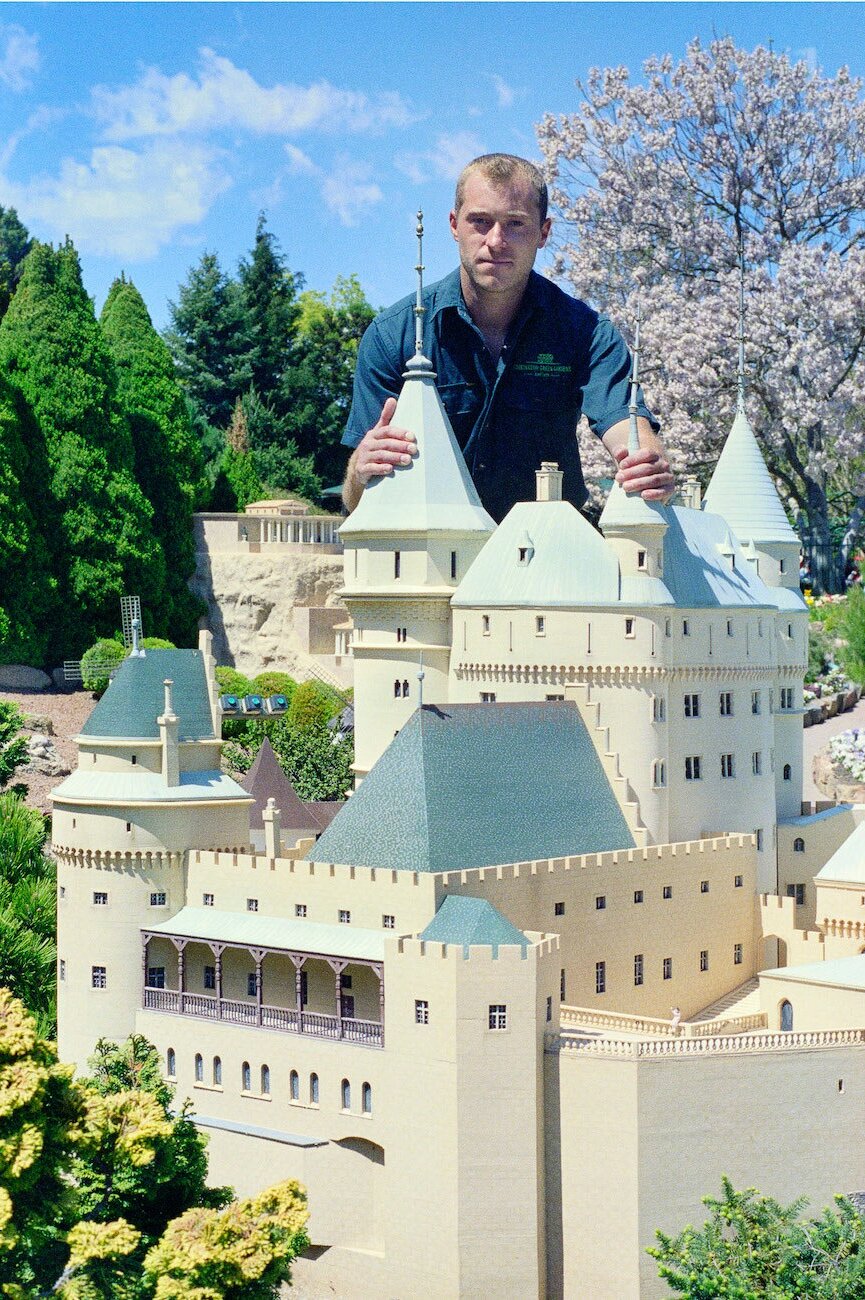
David Paterson

Denise Ferris

Katie Kolenberg

David Mclenaghan

Anonymous

Sean Davey

Leonie Keogh

Mark Mohell

Candice Ottaway

George Serras

Madeline Bishop

William Hall

Jennifer Nagy

Jocelyn Rosen

Kelly Tunney

Rohan Thomson

Grace Costa

Dan O'Day

Cathy Laudenbach

Geoff Comfort

Rowan Conroy

Geoffrey Dunn

Lee Grant

Lindi Heap

Tim Anger
Motorbikes and Masturbation
Dave was a mate for over 20 years before his death in 2020. He was a funny, naughty, opinionated friend. He also drank. Before his death he was consuming a couple of bottles of gin or vodka every day. Over the years before his death I kept an eye on him and I also documented his life. He sank to the depths of depression after a run of health issues and heartbreak.
His passion for motorbikes was tempered by his drinking. He used to joke about the only thing he has in life was motorbikes and masturbation. Sadly, because of his heavy drinking towards the end of his life he couldn’t do either.
I have made a book with these images and others, which not only illustrates his life but our friendship, too.
Motorbikes and Masturbation
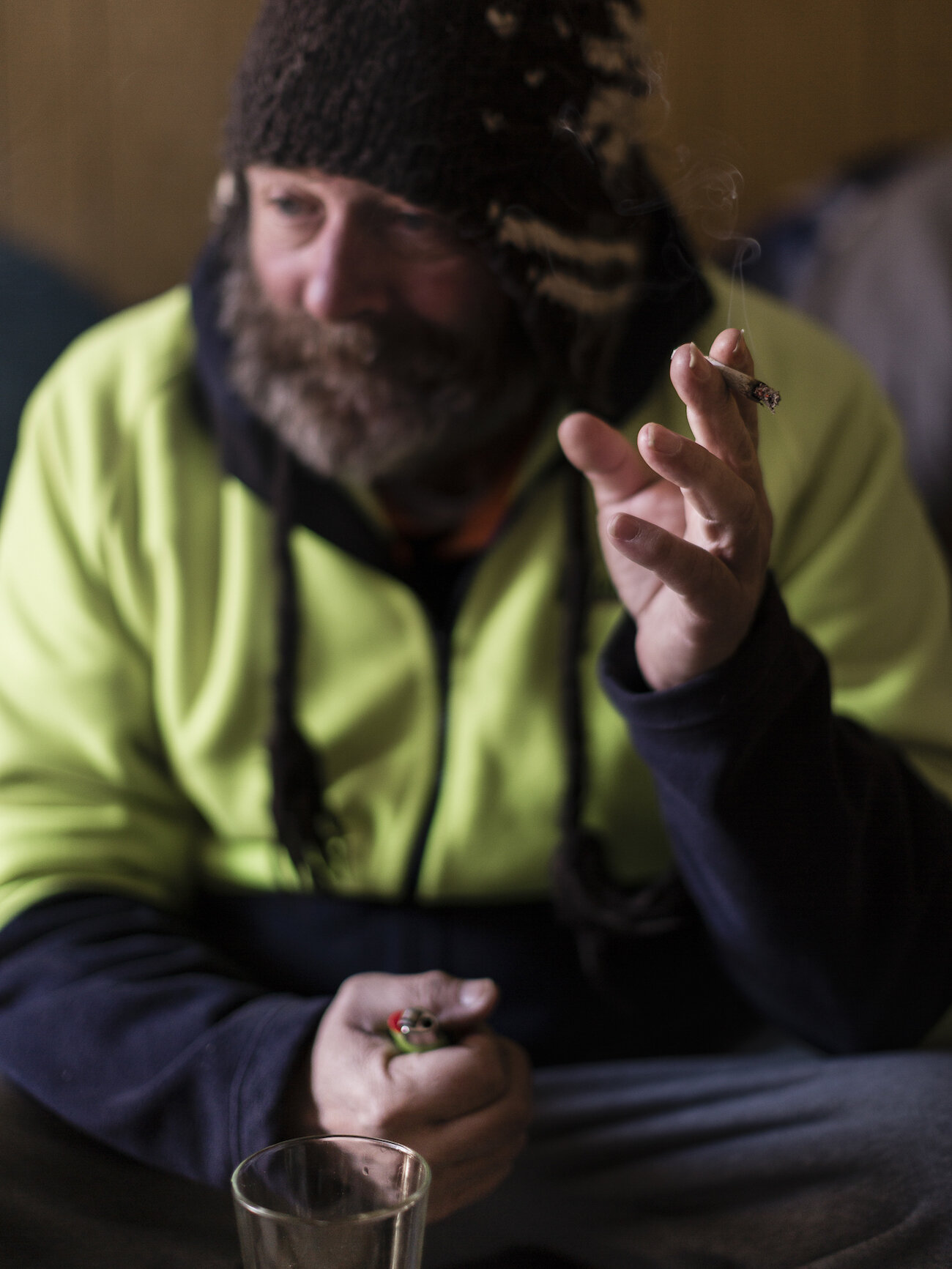























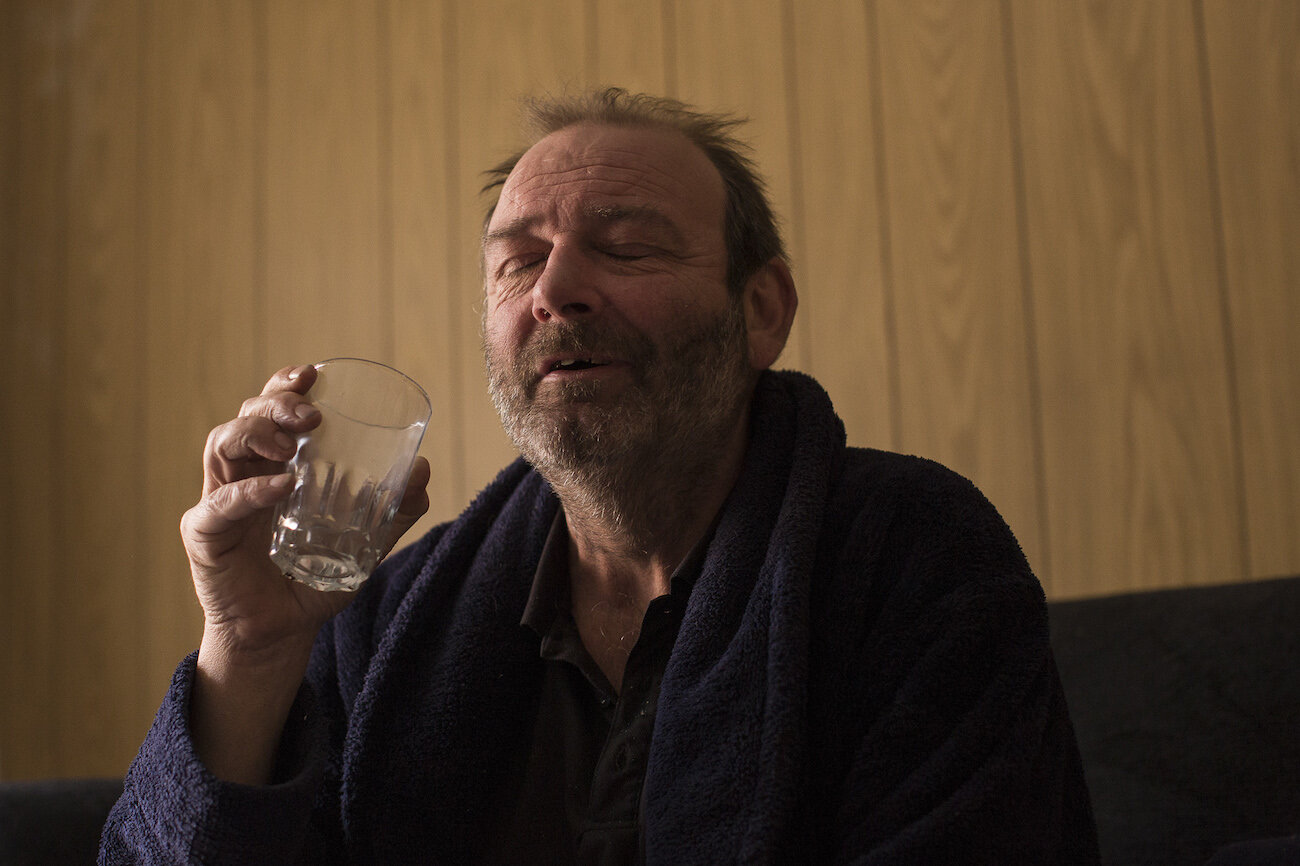








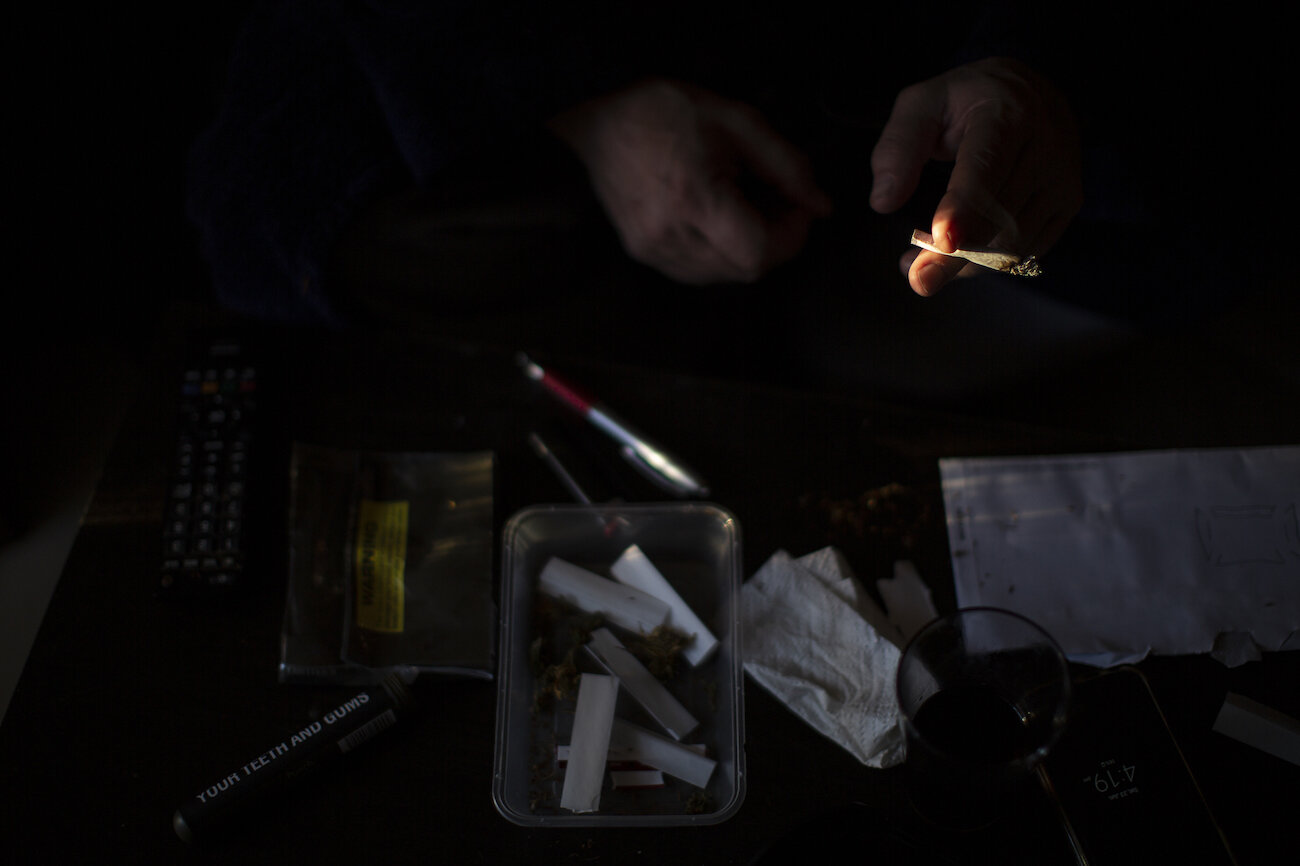

Dad and Me Selfies
Who knew that Dementia came in so many forms?
Parkinson’s dementia
Vascular dementia
Alzheimer’s dementia
Lewy Body Dementia
Mixed Dementia
Fronto-temporal Dementia
and more…
Sounds fairly innocuous!
You know when you hear people talking about issues, illnesses, accidents, unfortunate circumstances deaths etc but it often doesn’t resonate with you if you’ve never experienced it. You can feel sorry for the people involved but unless you’ve had a similar situation happen to you, you can never truly understand or empathise. I am writing this to trying an make people aware that Dementia is horrible, we are in the middle of it at the moment and it could happen to you or your family.
When my father was diagnosed with Parkinson’s disease seven or eight years ago, we actually felt a small bit of relief, as we thought he was suffering depression. His odd behaviour finally had a name.
For the first few years of his disease, his demeanour didn’t change very much.
Our Dad had Dementia.
Initially, we were told he had Parkinson’s dementia. Then it was Lewy Body dementia, and even vascular dementia has been mentioned. What ever the diagnosis, our Dad and Mum’s husband of 55years, was gone.
He became increasingly immobile, insomniac, agitated, angry, paranoid, delusional, and had hallucinations. He thought his wife, our mum, and us children are strangers that are plotting against him. There is very little dignity in dementia.
He was broken.
Someone who was passionate about the environment, social justice, politics, ended up residing in the world of paranoia and distrust.
His journey with dementia was fast and furious, leaving us grieving on the go. As carers we struggled every day; it was relentless. It has affected my mental health and in turn my business. 2016 wasn’t a good year!
Dementia is a family disease. It takes a WHOLE family to care and manage the disease of ONE person. It is phone calls and messages every day, it is rearranging schedules to cope, it requires action and decisions every day, it’s dressing and personal care, it’s keeping ONE eye on him AT ALL TIMES. It is trying to stay calm and loving under adversity and the person you are doing it for is completely unaware, very ungrateful, unreasonable and uncooperative. I liken it to dealing with a stroppy toddler as you cannot reason with him. The difference between a 2 year old and an Keith/Dad is that you CANNOT console him to make him feel better….but we have each other and we are a team.



















